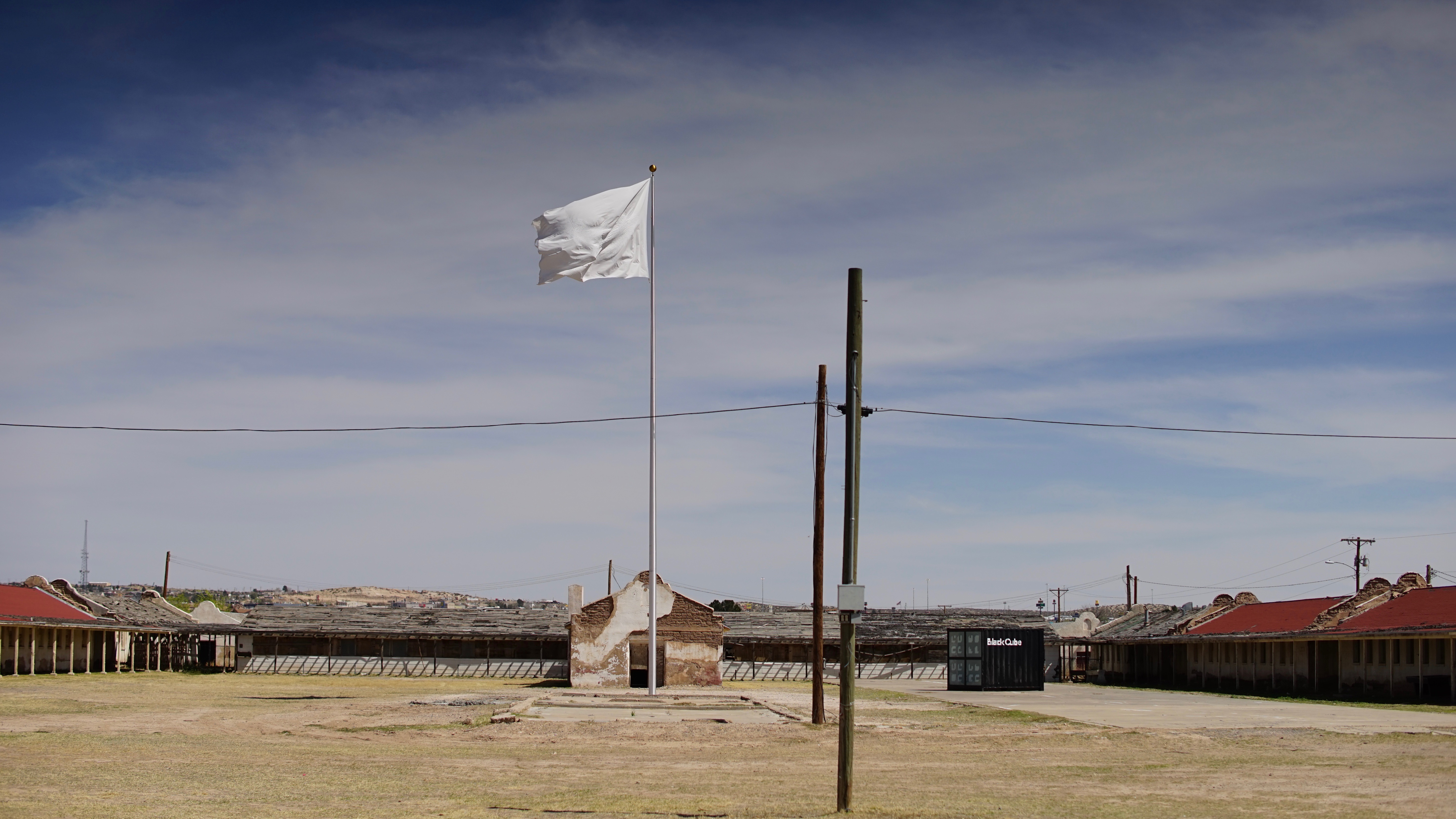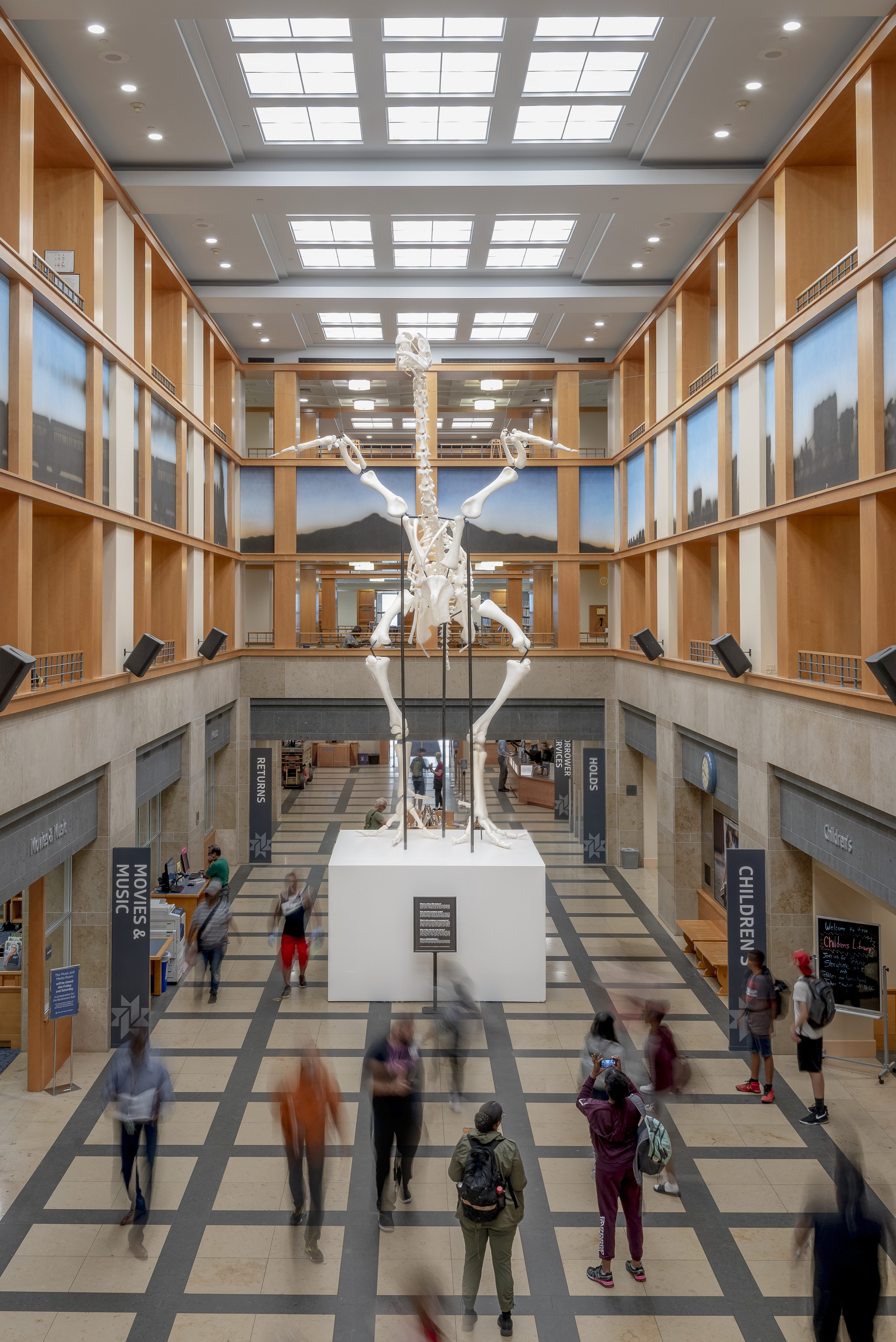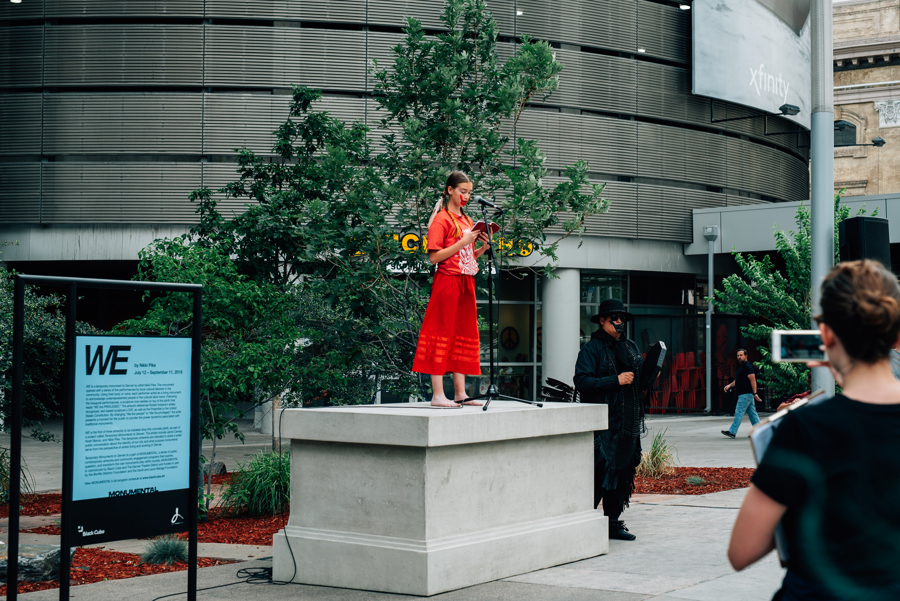By Cortney Lane Stell
To showcase the diversity of perspectives and challenges that go along with the creation and curation of public art today, the editors of the newsletter invite active professionals in the field to reflect on their practice. What follows is one of these reflections.
The time has come for us to challenge the homogeneity of the contemporary art field that currently exists in museums and public art spaces. In the last year, the pandemic has served as a catalyst for creating change in the field, and we have experienced monumental shifts in our lives that brought about vital conversations around freedom, rights, equity, health, representation, and more. As many museums were forced to close and the outdoors became the safest space to gather, the public realm (both physical and virtual) reemerged as an integral place for critical dialogues through art and art-related programming. Increasingly, many in the art world are questioning some permanent outdoor artworks and aspects of conventional brick and mortar institutions. As one of these voices calling for new models, shifts, additions, and diversification in the visual arts, I view this as a moment ripe with possibility. Constraints and parameters combined with demands for action can provoke creativity, and I am among those eager to see how contemporary artists will find novel ways to relate to public space in response to recent and current events.

As a curator, I seek to free art and audiences from the confines of outdated parameters to create a new public space for contemporary art that hybridizes museum and public art models to emerge. Public space is collective space—it belongs to all of us. Public institutions are also collective spaces. Spaces like streets, parks, government buildings, alleyways, and even museums are not often integrated into society in a way that indicates ownership, responsibility, and care. I believe part of this is due to the large size of modern cities and suburbs; anthropologically speaking, we are only “built” to be a part of smaller communities. In times such as these when communities are divided by wide political and ideological chasms, public spaces can offer a necessary place for togetherness.
We should begin by asking ourselves what role public art plays in our daily lives. Of course, this varies depending on location—in the U.S., many cities have a tax percentage for arts and culture programming that funds a portion of public art, further bolstered by entities such as universities and corporations who may privately fund public art for their collections. The predominant approach has been to procure permanent outdoor artworks that are durable, weather-resistant, and able to be viewed in perpetuity, while content and style are more flexible considerations. Permanent public artworks have the power to create a sense of community identity. However, these works can often become overlooked landmarks or monuments to outdated belief systems that privilege dominant historical narratives. What if public art wasn’t always synonymous with permanence? What if public art was more dynamic?

My most memorable artist studio and public art experiences have been those that helped me consider different viewpoints, connect with others, reflect on my own perspectives, and challenge me to relate to the world. The memorial murals for George Floyd, Breonna Taylor, and countless others related to the Black Lives Matter movement are examples of works with true resonance and voice. As a public response to current events, these murals represent a way for us to collectively grieve and to call for change. In these examples, artist and artwork create direct and meaningful relationships to communities, celebrating a multitude of voices, and rejecting neutrality in favor of active involvement. The public is not one monolithic entity, and neither is public space, so let’s release the idea of the “general public” and replace it with a nuanced approach that understands diversity among the people.
Producing public artworks while considering the ethics of engaging a multiplicity of audiences requires work. I’ve experienced this firsthand in producing projects with Black Cube in Denver, Colorado. At a historically charged site in an impoverished community on the U.S.-Mexico border, we collaborated with the local government, historians, residents (particularly the elders), neighboring communities, Spanish translators, and many others to develop projects. The challenge in considering the specific makeup of a community at a particular moment means rethinking a “one-size-fits-all” approach. These projects require a tremendous amount of research, empathy, and listening. For example, when organizing public art exhibitions in small towns, the ethics of engagement are different. When Black Cube organized an exhibition in a historic gold mining town in Colorado, it required developing personal relationships with both new and longstanding members of the community. Our approach to producing public art projects is not about appeasing all community desires but making sure we understand sensitive issues including the common narratives, marginalized voices, and current pressures.
Many cultural organizations are eschewing costly and unsustainable facilities, turning instead towards embedding art into common spaces. Organizations like Artangel, Creative Time, Los Angeles Nomadic Division, Situations, and others are producing work in the public sphere that adds more temporary programming to the landscape. It reminds me of the amazing success of the Fourth Plinth project in London’s Trafalgar Square—how the choice to activate a plinth built for a permanent monument with newly commissioned rotating artworks generated such a memorable impact. Other organizations, like Monument Lab, are looking critically at public traditions, monuments, and equity through a progressive lens. These organizations provide temporary stimulation to the public sphere, a momentary opportunity to see familiar spaces anew. Imagine Situations’s A Concert for the Birds, in which artist Annika Kahrs invited viewers to take a seat in a 13th-century U.K. chapel amidst an audience of songbirds for an enchanting recital of Franz Liszt’s Preaching to the Birds. The work momentarily transformed a religious space into a secular celebration of interspecies connection.

I don’t believe that all public artworks should be temporary. A healthy cultural ecosystem has connections to its past, present, and future, as well as exchange between local and foreign arenas. However, what if permanent works could be more relatable by continually reframing them to the current context? Borrowing a model from visitor-centric museums, adding updated labels and texts, written in colloquial language, that better situate public art within and across multiple current worldviews could be immensely beneficial. Alternatively, we could think about how art can be defined apart from its physicality. There’s no doubt that the pandemic has stewarded the migration of contemporary art organizations to the Internet. This push has furthered the identification of public space to include the virtual space of the Internet, and therefore, has broadened the potential access of contemporary art to new publics.
By expanding innovative programming and embracing the shifts we have collectively experienced over the last year, I believe there’s greater opportunity for art to become more deeply embedded into daily life. Moreover, we can foster open, empathetic, inquisitive, resilient, and interactive communities. I see so much space to create more cultural vibrancy and flux, as opposed to sameness and stability. Just as the Situationist International’s idea of the dérive promoted a wandering curiosity towards our environment, I’d like to use this space to advocate for dismantling the homogenized megalith of public art and the seemingly impermeable fortresses of art institutions. It’s time to break open the fissures in the system and welcome the cacophony of many voices!
BIO
Cortney Lane Stell is the founding director of Black Cube, a nonprofit nomadic art museum based out of Denver, Colorado since 2015. Black Cube curates and commissions ambitious, site-relational, contemporary artworks in the public realm that aim to grow artists’ practices and engage new audiences. Opposed to traditional architecturally-based institutions that display art in white cubes devoid of context, Black Cube operates using a decentralized rhizomatic structure, presenting art that relates to its surrounding environment. Like the root system of aspen trees, they work closely with artists to network and create projects through meaningful partnerships with community members, property owners, and stakeholders to “pop up” and present one-of-a-kind artworks that have a direct and intentional relationship to the location and respective community. Over the last six years, Black Cube has produced site-specific art projects in the alleyways of downtown Denver, public libraries, Venetian palaces, and along national borders, always moving, reacting, responding, relating, challenging, and enhancing the definition of art by doggedly following artists’ visions. https://blackcube.art/



